Did you know that asian manufacturers are losing $17 billion each year in the ASEAN region due to supply chain disruptions caused by global tensions and the pandemic? Forecasting indeed helps, but it alone does not prevent delays, rising costs, or sudden shocks. If they need to stay ahead, modern manufacturers need a smarter, combined approach that merges forecasting with technology and resilience planning.
This article reveals the game-changing strategies that are helping Asian businesses to flourish in the face of constant disruption.
This article reveals the game-changing strategies that are helping Asian businesses to flourish in the face of constant disruption.
We will understand
- The Shifting Landscape of Asian Manufacturing
- Why Forecasting Alone is Not Enough
- From Forecasting to Fast Execution: A New Mandate
- The Three Pillars of Resilient Supply Chains
- Technology as an Enabler, Not a Problem Creator
- Cerexio Solution for Supply Chain Resilience
- Building Supply Chain Resilience via New Technologies
The Shifting Landscape of Asian Manufacturing
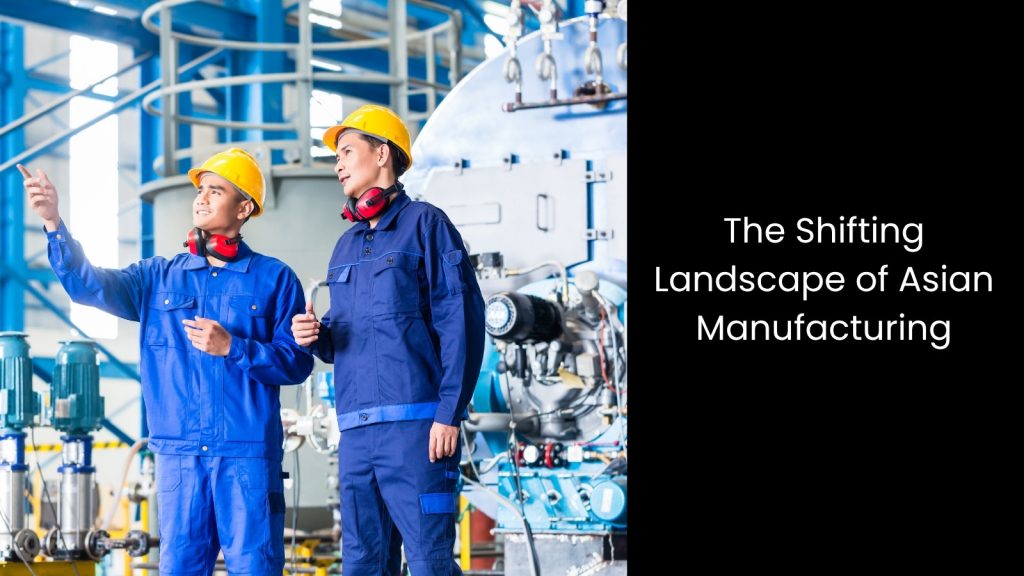
- Asian manufacturing has gone through a massive shake-up in recent years, and things are not going back to how they were anytime soon. It is a widely known fact that the pandemic turned supply chains upside down, factories shut down, borders closed, and shipments got stuck in limbo.
- On top of that, geopolitical tensions made trade routes less dependable, and climate events like floods and typhoons added even more pressure. These disruptions did not just cause delays; they broke the rhythm that manufacturers relied on.
- Southeast Asia has started taking on a bigger role, especially as businesses shift to a ‘China +1’ strategy to avoid putting all their bets on one country. Countries like Vietnam, Thailand, and Indonesia now see more factories popping up, but this change brings its own set of challenges, like different rules, capacities, and demand swings.
- At the same time, export demand keeps bouncing around with trends that change overnight. That makes it tough for manufacturers to rely on historical data, which used to work when things moved more slowly. What worked last year may not even last a week now.
- Using old patterns to guess new outcomes just does not cut it in this kind of chaos. Manufacturers now need real-time insights, not just predictions from spreadsheets made months ago.
Why Forecasting Alone is Not Enough

- Relying only on forecasting in today’s fast-changing supply chain world feels like using a half of the strategy.
- Forecasts use past data and trends to guess what is coming, but real life moves too quickly for that to work on its own anymore. When a port suddenly shuts down due to a worker strike or a storm hits without warning, forecasts alone cannot react fast enough.
- Also, if a popular influencer causes a random product to go viral overnight, factories might not have time to adjust, and retailers might run out of stock. These things do not show up in tidy charts or neat spreadsheets.
- Forecasts also take time to update, and that delay creates a dangerous gap. While the data updates and teams scramble to understand what is happening, missed shipments pile up, and customers walk away. Order cancellations, shipping delays, or even a last-minute change in government policy can turn an accurate-looking forecast into useless numbers.
- Manufacturers clearly need more than predictions. In fact, they need live updates, fast decisions, and systems that talk to each other.
From Forecasting to Fast Execution: A New Mandate
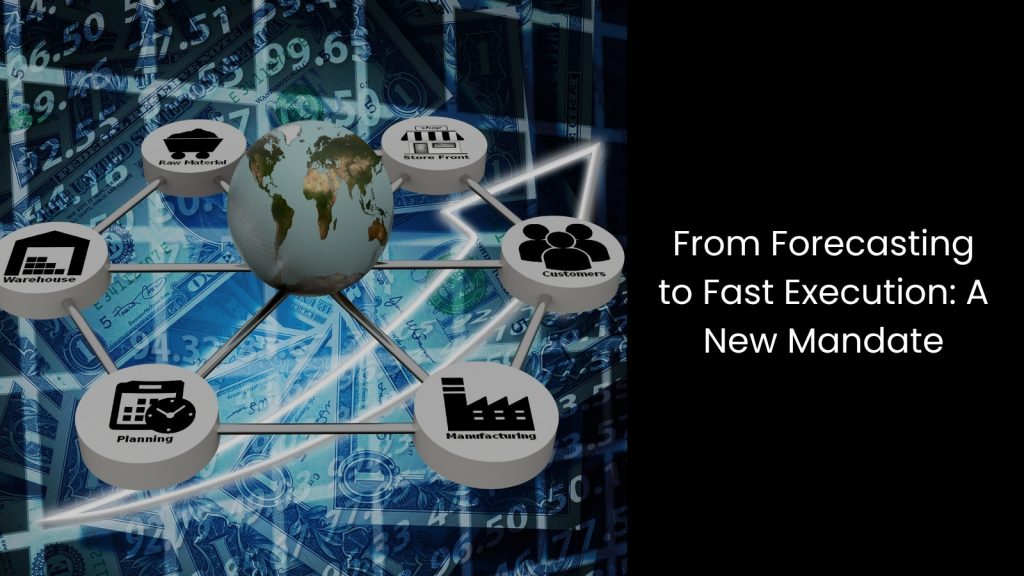
- Manufacturers cannot just aim for accurate forecasts anymore; they need to move fast and stay ready for anything. Even the best forecast means nothing if teams cannot act on it quickly.
- When things change last minute, like a sudden jump in online orders or a truck delay at the port, companies must respond instantly, or they risk missing deliveries, letting warehouse shelves sit empty, or wasting money on extra stock that no one buys.
- Further, delays in decision-making cause chain reactions. Workers stand around with nothing to do, customers cancel orders, and products either gather dust or run out at the worst times.
- That is why manufacturers now focus on building a supply chain nervous system. This is a real-time network that senses problems, sends alerts, and allows people to react in the moment.
The Three Pillars of Resilient Supply Chains
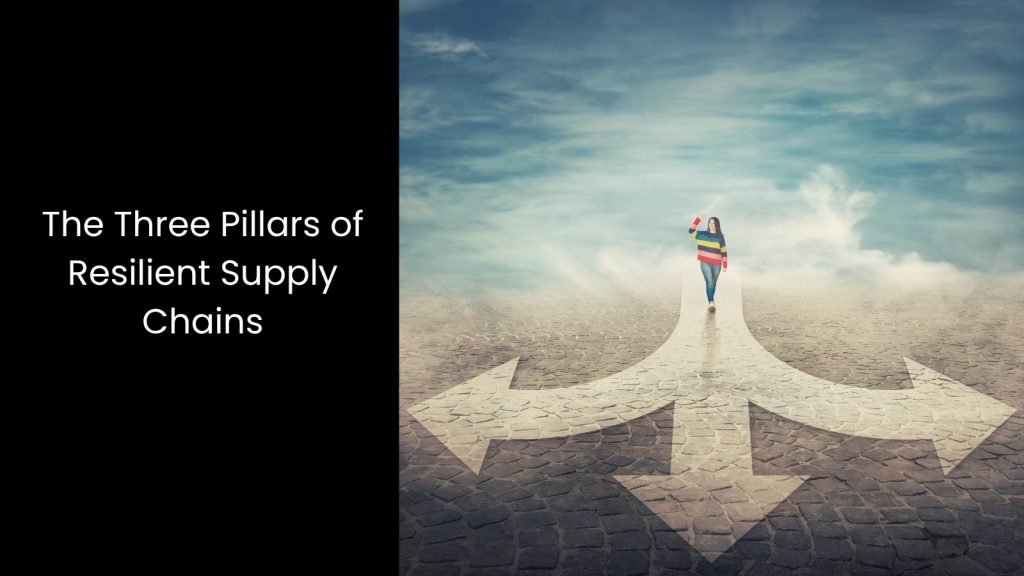
Real-Time Visibility
Supply chains now need real-time visibility, as guessing or waiting around just does not work anymore.
Everyone from the people buying raw materials to the teams handling transport needs to see what is going on at the same time. When companies connect data from procurement, production, warehousing, and delivery into one system, they stop wasting time and start making smart moves faster. This is where technology comes in!
IoT sensors track goods as they move, cloud platforms hold live data everyone can access, and user-friendly dashboards pull it all together in one clear view. If a shipment gets stuck or raw materials run low, the system shows that right away, so no one gets surprised. Instead of waiting for a manager to spot a problem hours later, teams see it now and act instantly.
That visibility makes everything smoother, from factory planning to last-mile delivery.
Everyone from the people buying raw materials to the teams handling transport needs to see what is going on at the same time. When companies connect data from procurement, production, warehousing, and delivery into one system, they stop wasting time and start making smart moves faster. This is where technology comes in!
IoT sensors track goods as they move, cloud platforms hold live data everyone can access, and user-friendly dashboards pull it all together in one clear view. If a shipment gets stuck or raw materials run low, the system shows that right away, so no one gets surprised. Instead of waiting for a manager to spot a problem hours later, teams see it now and act instantly.
That visibility makes everything smoother, from factory planning to last-mile delivery.
Scenario Simulation
When things go wrong in supply chains, teams cannot just panic or guess their way through. That is why scenario simulation helps them stay ready for anything. The latter is like playing out ‘what-if’ situations before they actually happen.
With simulation tools, companies test different responses before they face real trouble. These tools allow them to reroute deliveries, shift suppliers, or adjust production in advance. Instead of scrambling at the last minute, they already have backup plans waiting.
The supply chain stays flexible, not frozen. Teams who plan ahead using simulations know how to move goods around problems, not through them. They do not lose time or money guessing, and they keep things flowing even during chaos.
With simulation tools, companies test different responses before they face real trouble. These tools allow them to reroute deliveries, shift suppliers, or adjust production in advance. Instead of scrambling at the last minute, they already have backup plans waiting.
The supply chain stays flexible, not frozen. Teams who plan ahead using simulations know how to move goods around problems, not through them. They do not lose time or money guessing, and they keep things flowing even during chaos.
Automated Execution
Supply chains fall apart when decisions do not turn into actions fast enough. People might spot a delay or shortage, but if they still need to fill out forms or call someone to fix it, they lose precious time.
That is where automated execution changes the game. Systems now talk directly to other systems, without waiting for human input every step of the way. If stock runs low, the system places a new order on its own. If a truck gets stuck, it reroutes deliveries automatically.
Instead of sending emails or logging into ten platforms, teams let smart tools take over the small stuff. This keeps operations smooth and removes the slow parts that used to cause chaos. When every tool in the supply chain, like inventory software, transport trackers, and production schedules, works together, decisions flow straight into action.
That does not just save time; it prevents human errors and makes supply chains stronger. With automation running behind the scenes, teams can focus on big decisions, not boring tasks. In fast-moving industries where every second matters, automated execution keeps things sharp, responsive, and under control.
It turns ideas into movement and helps companies stay reliable even when the world outside throws curveballs.
That is where automated execution changes the game. Systems now talk directly to other systems, without waiting for human input every step of the way. If stock runs low, the system places a new order on its own. If a truck gets stuck, it reroutes deliveries automatically.
Instead of sending emails or logging into ten platforms, teams let smart tools take over the small stuff. This keeps operations smooth and removes the slow parts that used to cause chaos. When every tool in the supply chain, like inventory software, transport trackers, and production schedules, works together, decisions flow straight into action.
That does not just save time; it prevents human errors and makes supply chains stronger. With automation running behind the scenes, teams can focus on big decisions, not boring tasks. In fast-moving industries where every second matters, automated execution keeps things sharp, responsive, and under control.
It turns ideas into movement and helps companies stay reliable even when the world outside throws curveballs.
Technology as an Enabler, Not a Problem Creator

The main issue in this is that the companies rush to adopt new supply chain software, slap it on one department, and then wonder why gaps widen. Data silos appear, reports conflict, and decision speed drops.
Instead, choose a unified platform that links order feeds, transport data, inventory counts, and customer demand in a single dashboard. When every team tracks cross-functional KPIs such as on-time-in-full and landed cost, everyone rows the same boat.
Instead, choose a unified platform that links order feeds, transport data, inventory counts, and customer demand in a single dashboard. When every team tracks cross-functional KPIs such as on-time-in-full and landed cost, everyone rows the same boat.
Cerexio Solution for Supply Chain Resilience
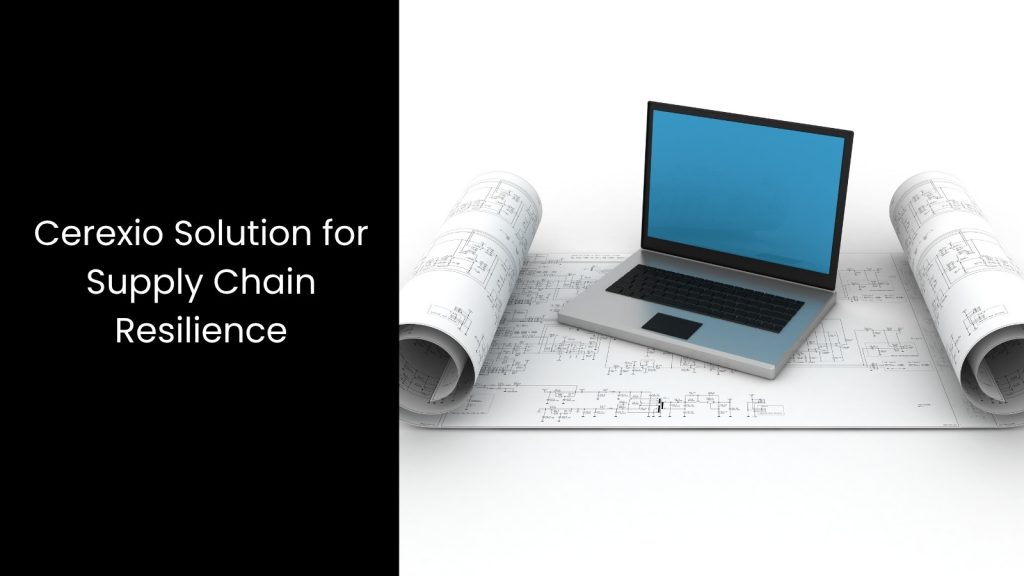
Cerexio offers an AI-powered warehouse management system that boosts resilience by automating stock tracking, predicting demand shifts, and reducing delays. Our system connects real-time data with smart decisions, helping manufacturers avoid overstocking or shortages. When disruptions hit, AI keeps operations moving smoothly, adjusting quickly and minimising downtime in a fast-changing supply chain environment.
Building Supply Chain Resilience via New Technologies
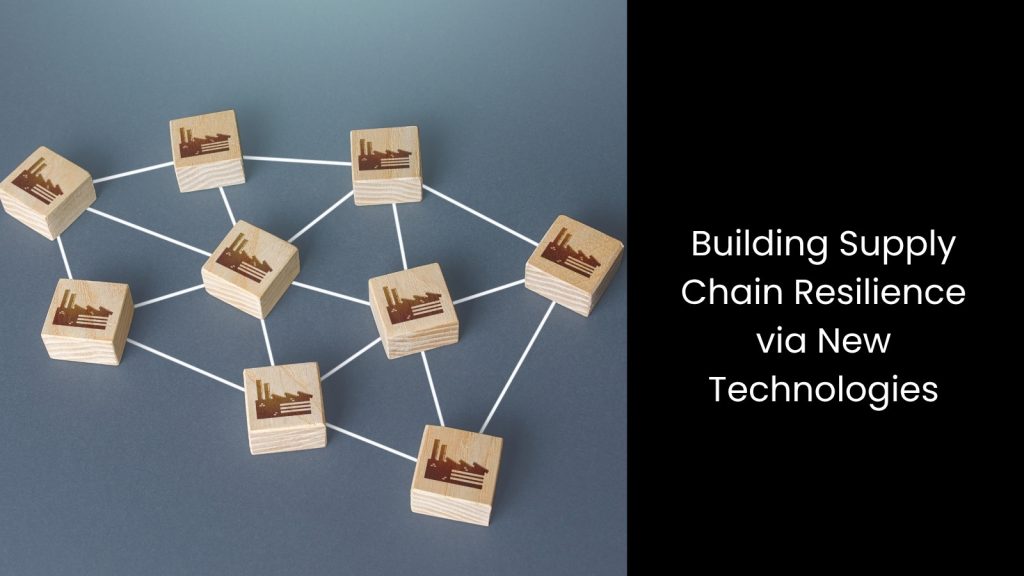
Building a resilient supply chain starts when you blend new technology with action. With smart tools guiding daily execution, businesses can bounce back from challenges and keep operations steady, no matter how chaotic the world gets.
